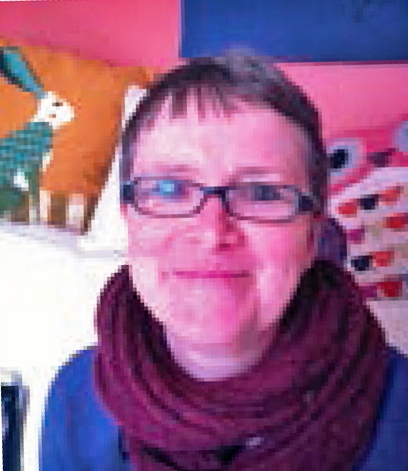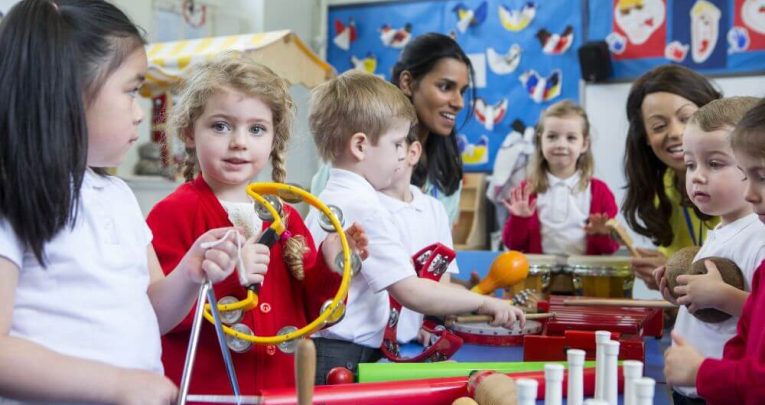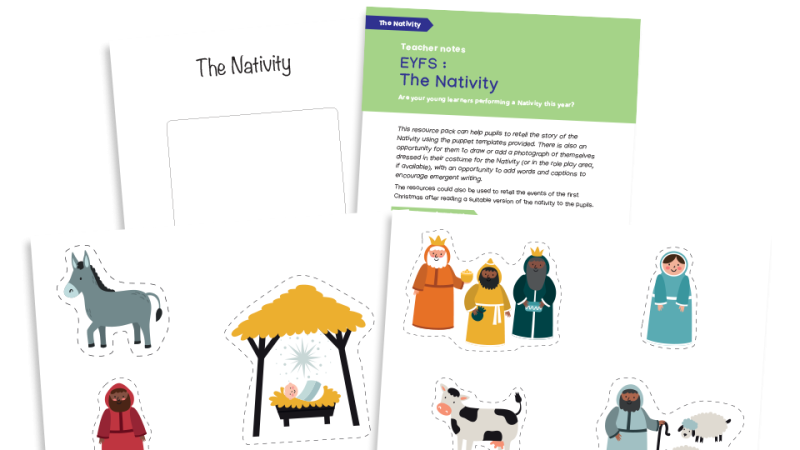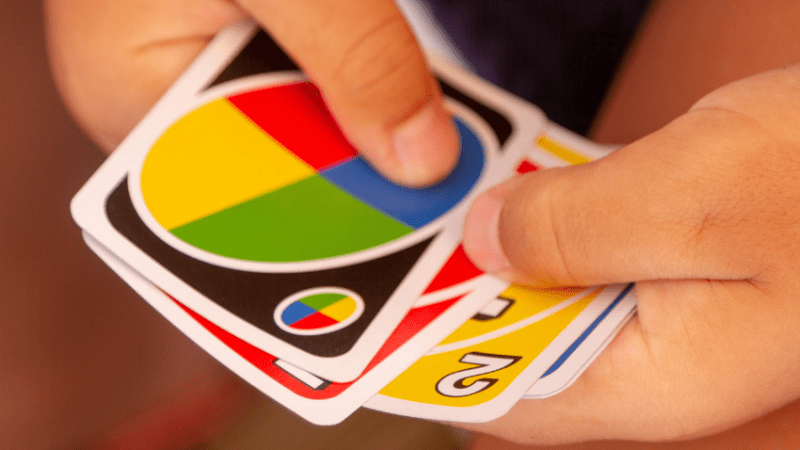6 Ways To Learn Through Song In Early Years

Greetings, movement, letters and stories – all of these can be done with a tune to help children learn
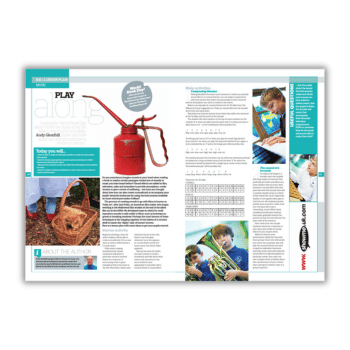
‘The only thing better than singing is more singing’ said Ella Fitzgerald, and that’s certainly true in the early years.
Help your children find their voices with these ideas from Judith Harries
1. Singing greetings
Start the day by greeting some of the children as they arrive with a song: “Hello ____, How are you today?” sung to the tune of ‘Rain, Rain, Go Away’. Invite the children to reply “Very well, thank you!”
Try a singing register. Gather in a circle, or on the carpet next to talk partners and sing “Where is _____ sitting today?” Each child can reply, “Here I am!” and add a wave or smile. Ask them to introduce their talk partner too. This is a great way to get to know each other.
2. Singing moves
Develop control and coordination of movement by singing and adding actions to songs. There are lots of nursery rhymes that include ‘up and down’ such as ‘The Grand old Duke of York’, ‘Hickory, Dickory Dock’ or ‘Incy Wincy Spider’.
Try some action songs such as ‘Head, Shoulders, Knees and Toes’ or ‘One Finger, One Thumb’. Encourage the children to make up their own actions to reflect the words. Set up a karaoke mat with a toy microphone and encourage children to perform action songs for each other. Don’t forget to film the results!
3. Singing stories
Use the song ‘1, 2, 3, 4, 5, once I caught a fish alive’ as a framework for improvised storytelling. Write a mini-story and then sing it together. Children can input characters, settings and story events each time. Adapt the frame to suit the story and fit to the tune!
Once upon a time, there was/were (character/s), In the (setting), they were (event or problem), Why/how did _________ Because __________ Which _________ (Resolution!)
4. Singing letters
Sing the Alphabet song from Sesame Street to the tune of ‘Twinkle, Twinkle, Little Star’. Elmo’s rap version is particularly good! Then try listening to ‘Twelve Variations on Ah, vous dirai-je, maman’ by Mozart. Do the children recognise the tune?
Try singing some phonics songs with the children. There are lots to choose from online. Here is one for you to sing to the tune of ‘A Hunting We Will Go’ using a familiar game:
I spy, I spy, I spy, with my little eye, Something beginning with (name of letter) (sound of letter repeated five times!)
5. Singing numbers
Counting songs are a great way to develop number skills. Try some forward counting along with ‘One Potato, Two Potato’, ‘One Man Went To Mow’ or ‘1, 2, 3 4 5’. Now practise counting backwards by singing ‘10 Green Bottles’, ‘Five Currant Buns’ or ‘Five Little Ducks Went Swimming One Day’.
Help children to devise their own counting song using some different props. Try ‘10 tall teddies, standing on a wall’, ‘Five juicy apples on the supermarket shelf’ and ‘Five little rabbits went hopping one day’ and so on. Can the children devise some actions too?
6. Singing around the world
A great way for children to gain more understanding of the world around them is to find out about children’s lives in different countries. Start by singing some children’s songs from different places such as France, Spain, Poland or China. Go to mamalisa.com or fluentu.com for some good suggestions for favourite songs sung by children around the world.
Show the children a world map and point out where the songs come from. Try some food from the same place, learn a few words in the language and listen to some traditional music.
Judith Harries is an author and teacher of music and drama, with experience of working with children aged nine months to 11 years.





